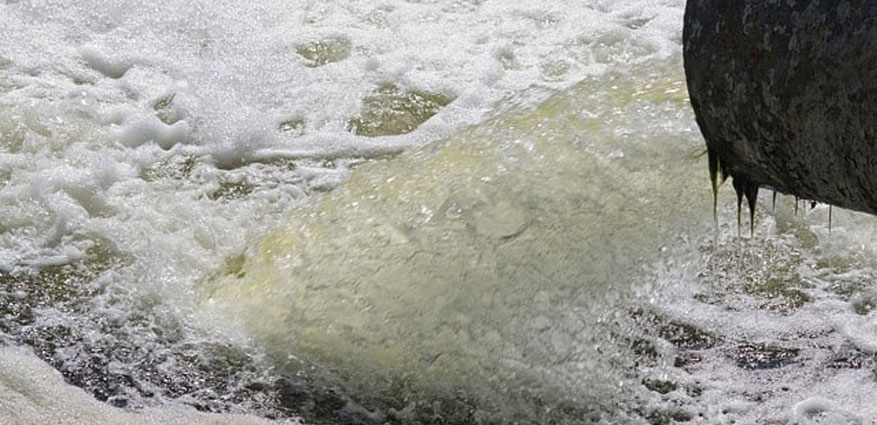Current situation of water and sanitation in India (acute shortage of water)
India is facing one of its biggest challenges – the world’s worst water crisis. India is at the epicenter of a global water and sanitation disaster. The problem at hand, has ballooned and now our lives, livelihoods and futures hang in balance.
Some disturbing facts :
- More than 50% of the population has no access to safe drinking water.
- About 200,000 people die every year for lack of access to safe drinking water.
- If we continue to consume water as per the current rate, India will have only half the water it needs by 2030.
- India draws nearly 25% of the world’s groundwater – that’s more groundwater than China and the USA combined.
- India’s depleting groundwater reserves impact our drinking water – India is ranked 120 out of 122 countries in the global water quality index.
- India’s water crisis has a significant economic cost – A NITI Aayog report suggests that severe water scarcity will lead to a six percent loss in the country’s GDP.
- The National Institution for Transforming India (NITI Aayog) has described the current situation as the ‘worst water crisis’ in India’s history.
- Food supply is also at risk as lack of water supply will lead to poor crop yield.
- Over 75% of households do not have clean drinking water, while 40% of the population will have no access to drinking water by 2030.
Unless India wakes up to its water crisis, disaster is looming. Water scarcity is one of the biggest problems the country is facing today and more than the scarcity of water, it remains an issue of management of water resources. NITI Aayog estimates that 21 major cities, including Delhi, would run out of groundwater by 2030.
According to estimates, India has 16% of the world’s population but only 4% of the world’s freshwater resources. Despite significant investment and improvement in the water sector, it is becoming very difficult to manage the ever-increasing demand for water in India. If the status quo is not changed, India’s water problems would be further aggravated, as it is already a water-stressed country.
Decentralized Wastewater Treatment Facilities in India
Decentralized wastewater management (DWWM) may be defined as “the collection, treatment, and disposal/reuse of wastewater from individual homes, clusters of homes, isolated communities, industries, or institutional facilities, as well as from portions of existing communities at or near the point of waste generation”. The looming water crisis along with problems of water pollution that India faces need to be addressed urgently. One solution which has great potential is decentralized wastewater treatment. On-site sewage treatment plants treat and purify wastewater and render it suitable for reuse. STPs remove contaminants from waste water primarily from household sewage. Physical, chemical and biological processes are used to remove contaminants and produce environmentally safe treated water. Water can be contaminated by several means. Most of the contamination of water originates from the faeces of human, animals and birds. Discharge of domestic sewage, rotten food materials and vegetation also can cause bacteriological contamination of water. Due to (a) the wide practice of septic tanks in habitations without collection systems, (b) absence of appropriate necessary further downstream treatment (c) non-availability of supportive sullage management and (d) absence of septage management, especially in relatively denser populations in urban areas, much of the shallow groundwater as well as surface water sources are contaminated by pathogens. Open defecation in rural areas adds to this problem. Provision of facilities and services for the wastewater treatment is very essential because 80% of diseases are caused by improper sanitation / inadequate hygienic conditions.

